Creativity is the most important tool for filmmaking, but the camera comes in a close second. And thanks to the wonder of innovation, today's cameras offer pro-level specs at consumer-grade prices. Of course, they're not exactly cheap, but you can still score a 4K full-frame workhorse for an accessible cost. Our top pick, the Panasonic Lumix S5IIX, is the perfect example of this new age of filmmaking.
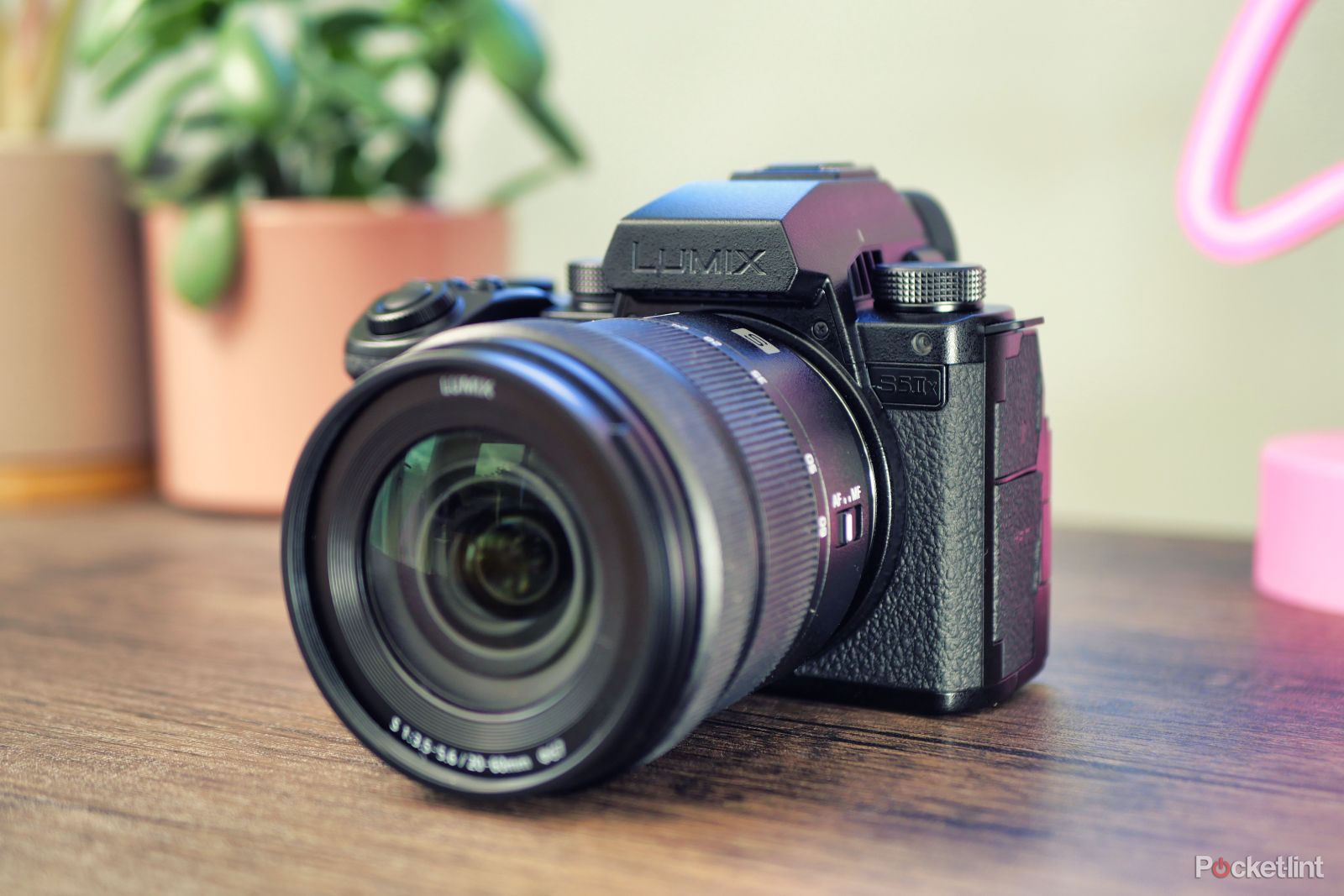
Best photography gear: 6 items essential for every shoot
Professionalize your kit with a nifty fifty lens, light reflector, and more to keep your shoot (and budget) in check.I've been making films since I was a child, and I've learned a lot along the way. After testing countless cameras, from the crummy to the cutting-edge, I know what to look for. In compiling this list, I drew from my years of experience in the industry, but I also had some friends to help me. My team of fellow filmmakers, photographers, and technology experts at Pocket-lint have collaborated to bring you our favorite cameras for filmmaking.
Best cameras for filmmaking: Our top picks

Panasonic Lumix S5IIX
The king of the cameras with the specs to prove it
The Lumix S5IIX is a top choice for filmmaking, with high-fidelity codecs, a gorgeous 5.8K max resolution, and advanced autofocusing.
- Direct-to-SSD recording via USB
- Max video quality of 5.8K
- Full-frame sensor excels in low lighting
- Excellent image stabilization
- Firmware updates are few and far between
- More expensive than the S5II due to the Hi-Fi codecs
We've touted the Panasonic Lumix S5IIX as the best overall camera in 2023. But if it's a hybrid camera, with strengths in still photography as well as video, how did it end up on our list of cameras for filmmaking? The answer is simple. At this price, you won't find a better full-frame camera with specs like these. Between the 5.8K max video resolution, the advanced autofocus, and internal ProRes recording, the S5IIX checks all the boxes for professional filmmaking at an accessible price.

Panasonic Lumix S5IIX review: All black everything
Panasonic's most popular full-frame camera gets boosted video functionality and a stealthy paint job to match.The high resolution is just the beginning. The S5IIX has numerous video-centric features that don't typically take center stage. For example, the active, in-body stabilization is extremely accurate, allowing you to shoot handheld without generating motion blur. There's also a built-in fan that keeps the processor running smoothly even when shooting in demanding codecs. Add Bluetooth, USB, mic-in, Wi-Fi, and HDMI connectivity, and you have a flexible filmmaking device.
One of the biggest boons for filmmakers is direct-to-SSD recording. This means you can use an external drive to record your files, opening up possibilities for multi-Terabyte storage. It's a necessary feature when shooting in 5.8K with high-fidelity codecs, which eats up storage space fast. The S5IIX's accolades could fill a library, but we'll keep it short and sweet: If you want a powerful, professional camera for filmmaking, the S5IIX is worth every penny.
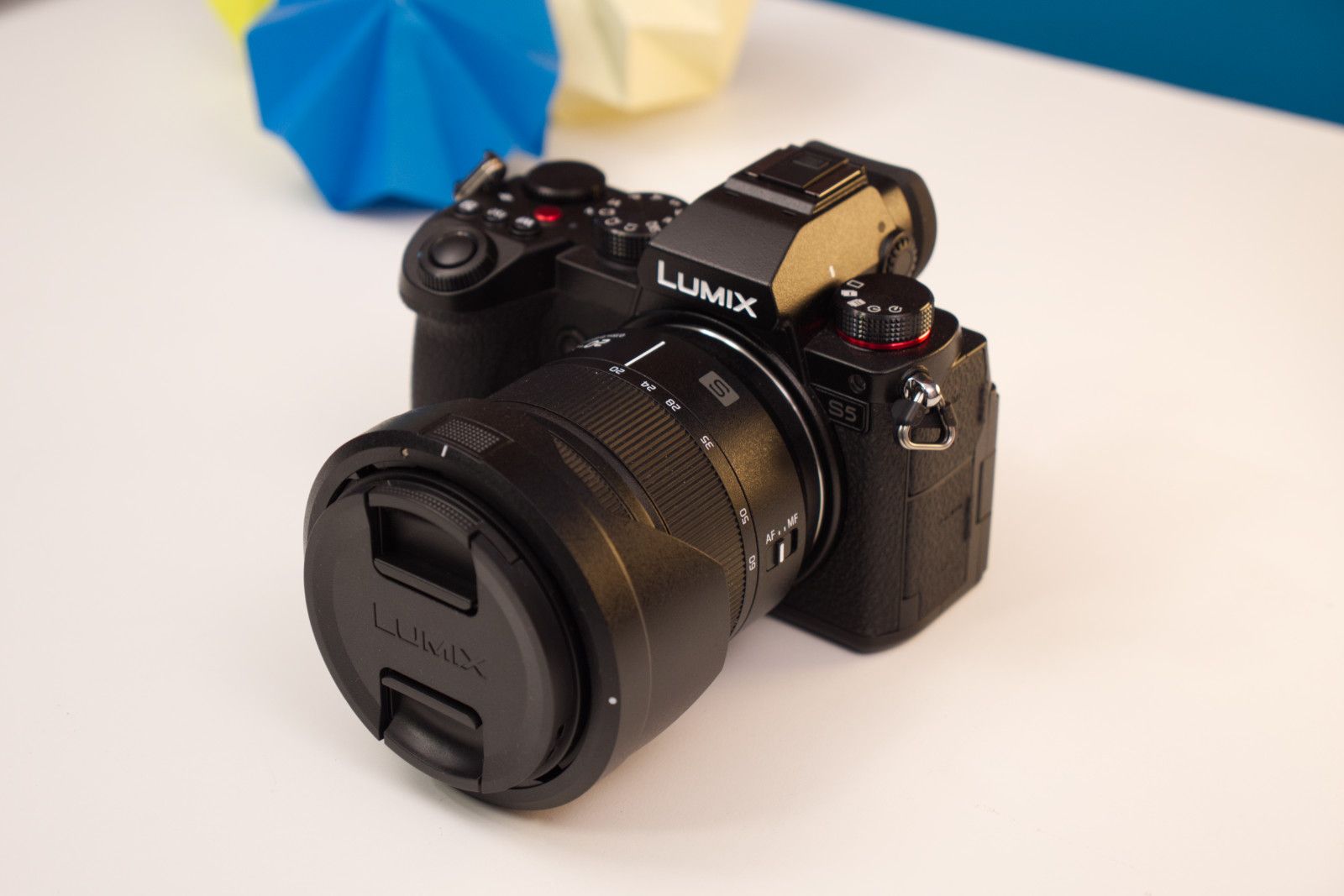
Sony Alpha a7S III
A hyper-sensitive sensor for shadowy scenes
The A7S III shows why Sony's full-frame cameras reign supreme in the dark, with a max ISO of 409,600 and a max resolution of 4K120.
- Slow-mo possibilities with 4K at 120fps
- Durable compact build
- Super sharp image quality
- Bright flip-out screen
- Advanced autofocus with tracking
- Expensive
- Focus on video leaves still photography capabilities lacking
When Pocket-lint's Cam Bunton gave the Sony A7S III his official review, he named it the, "the low-light video champ." And it maintains its title to this day. The full-frame Exmor R sensor has a max ISO of 409,600, which should give you an idea of just how sensitive this beauty is. And the results are gorgeous. Even when shooting in the shadows, the A7S III delivers sharp, noise-free videos with deep color information.
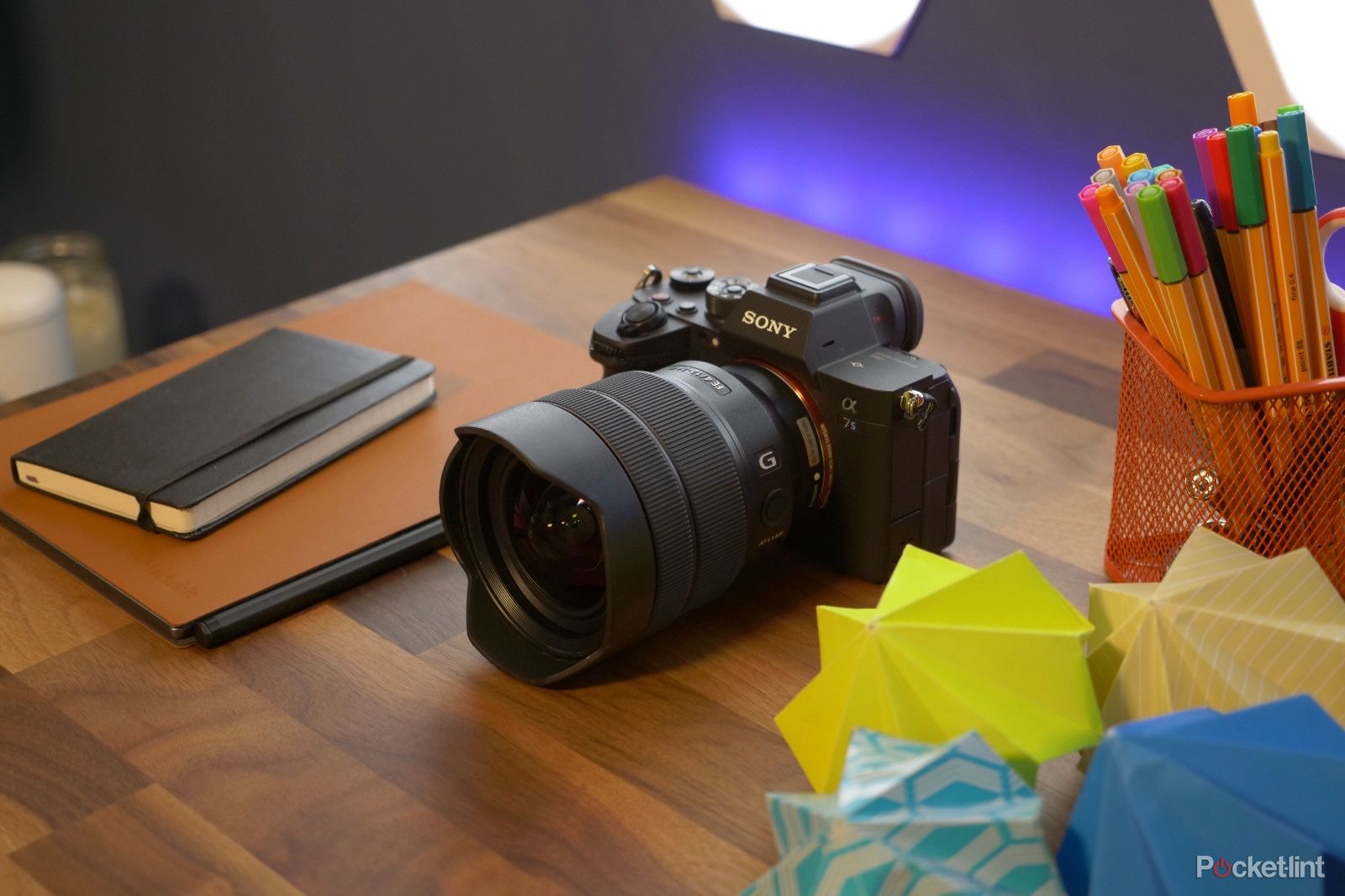
Sony Alpha A7S III review: The low-light video champ
Read why the third-gen A7S full-frame stills and video camera is so impressive. For consumer videographers it's almost unrivalled.But the low-light performance isn't the only area where the A7S III excels. The autofocus, for example, employs cutting-edge technology for inhuman accuracy. It's a hybrid system, with both contrast detection and phase detection working in unison, and it boasts intelligent tracking modes that can lock onto faces and other subjects. The image stabilization is also worth a nod, with a respectable rating of 5.5 stops.
One more note for filmmakers: the A7S III features the eminent S-Cinetone picture profile. It's akin to S-log/D-log, but it has a reputation for providing the best skin tone and color for cinema. Indeed, even before color correcting, S-Cinetone footage has an undeniably "big screen" look to it, adding one more feature to the A7S III's long list of video-centric strengths.
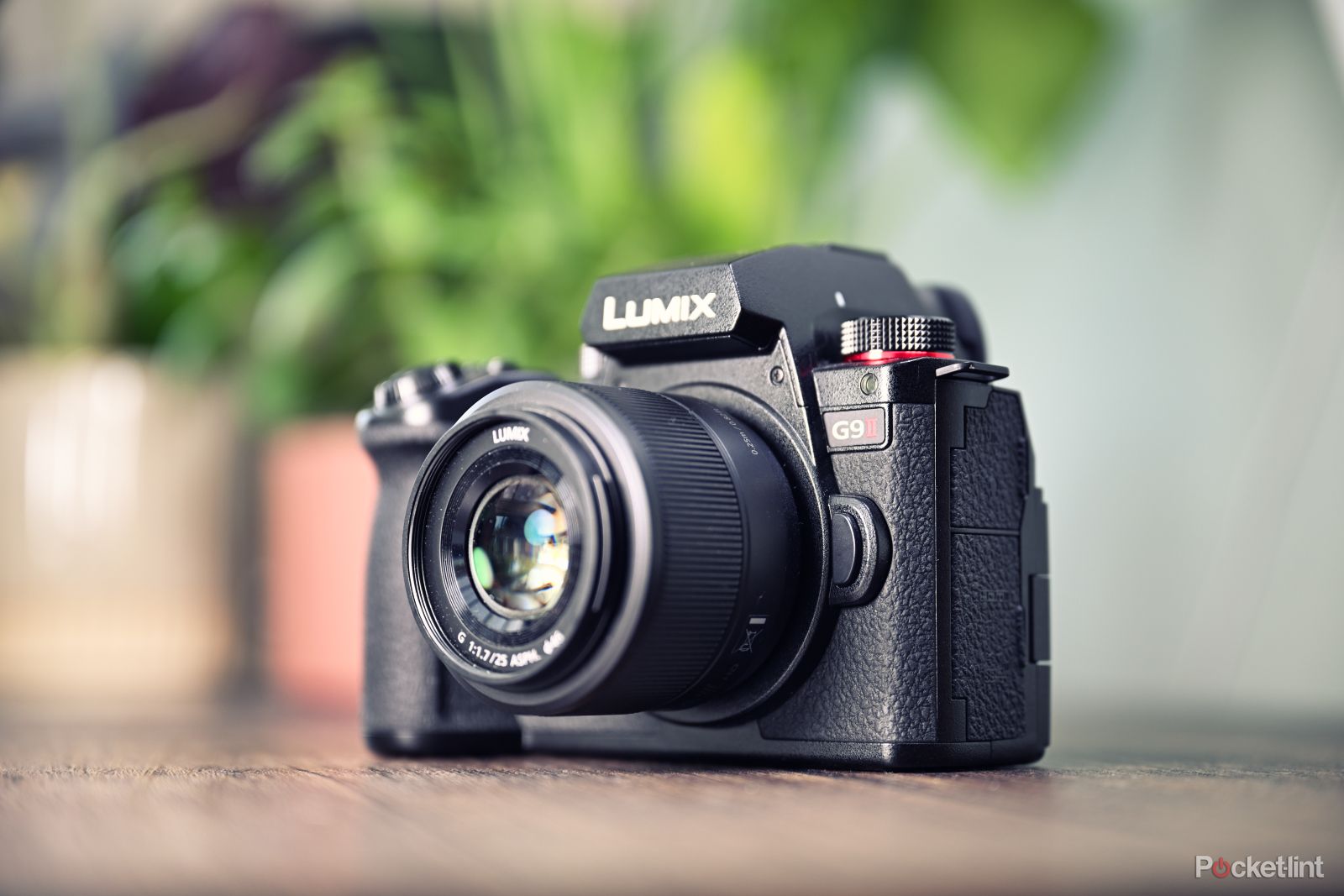
Panasonic Lumix G9ii
Powerful, compact, and ready for the road
The Panasonic Lumix G9ii demonstrates the incredible power and portability of MFT cameras, and the value for the price just sweetens the deal.
- Relatively affordable for pro specs
- Phase-detect autofocus
- 5.3K60 max resolution with 10 bit 4:2:2
- ProRes codec
- Not as sharp in low lighting as full-frame options
Is the Panasonic Lumix G9ii, "the best micro four thirds camera ever made?" That's certainly the consensus here at Pocket-lint after we gave it an early review. And he's not one for exaggeration. The G9ii retains all the classic strengths of micro four thirds (MFT) cameras, with lightweight, compact builds and pro specs at budget-friendly prices, while boasting new upgrades to its hardware.
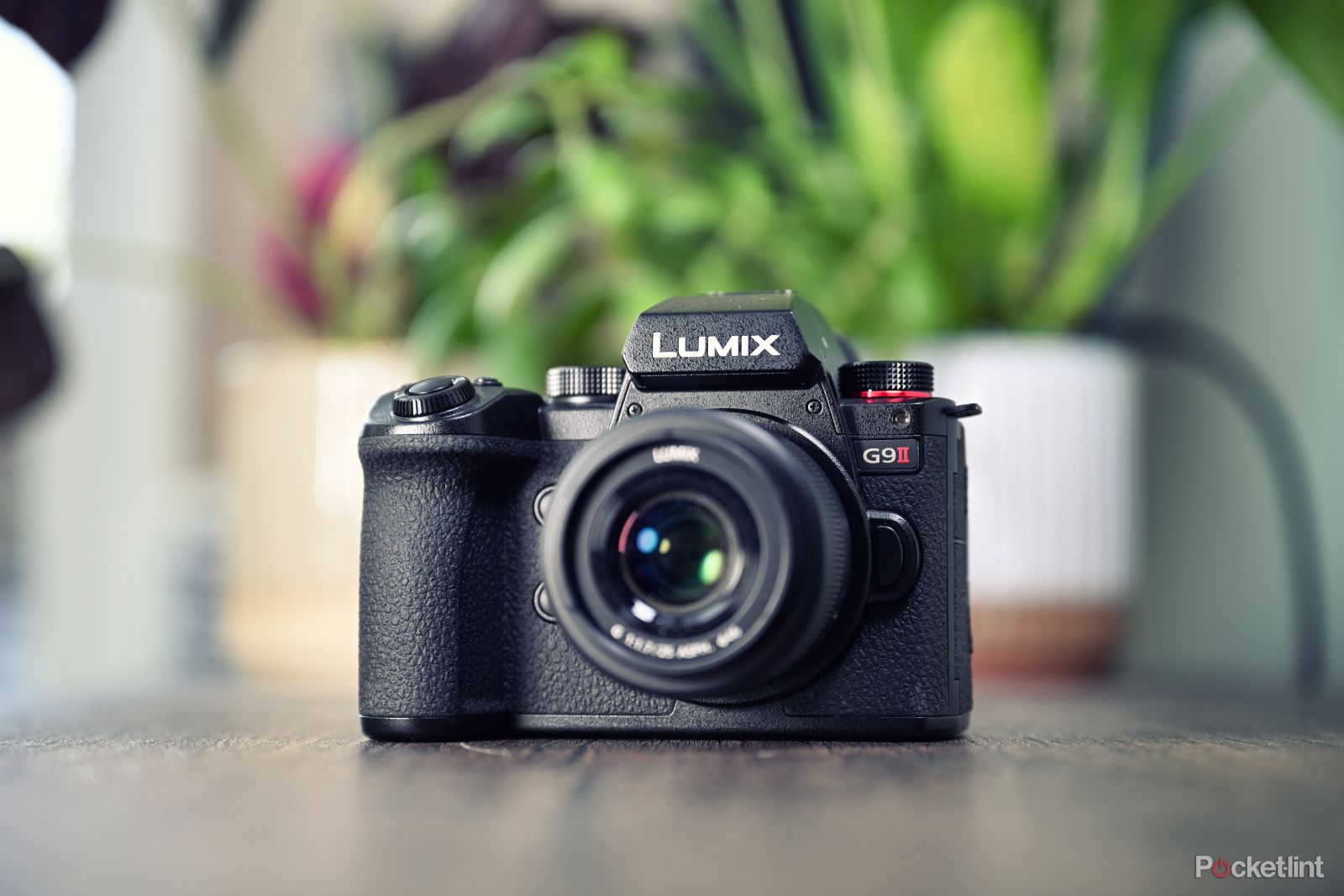
Panasonic Lumix G9ii review: The best Micro Four Thirds camera ever made
Panasonic's phase-detect autofocus system finally makes its way to a Micro Four Thirds body. Here's what it's like to use.Indeed, the Lumix G9ii is the perfect pick for mobile, handheld, on-the-go filmmaking. This is thanks to an advanced stabilization system and AI-powered autofocus. The former is actually two stabilizers in one, with both the sensor and the lens shifting in a fraction of a second to eliminate jittery shots and motion blur. The autofocus is also equipped to deal with shaky hands. It has 779 phase-detection points that can track faces and other subjects without fail.
Mobile filmmakers and action shot enthusiasts will also appreciate the weather-sealed camera body. It's a robust and sturdy build that belies its compact size, so you can toss it in your bag and get those boots on the ground. But even if your style isn't quite as up-close-and-personal, the Lumix G9ii is an excellent overall camera for filmmaking that comes at a bargain price.
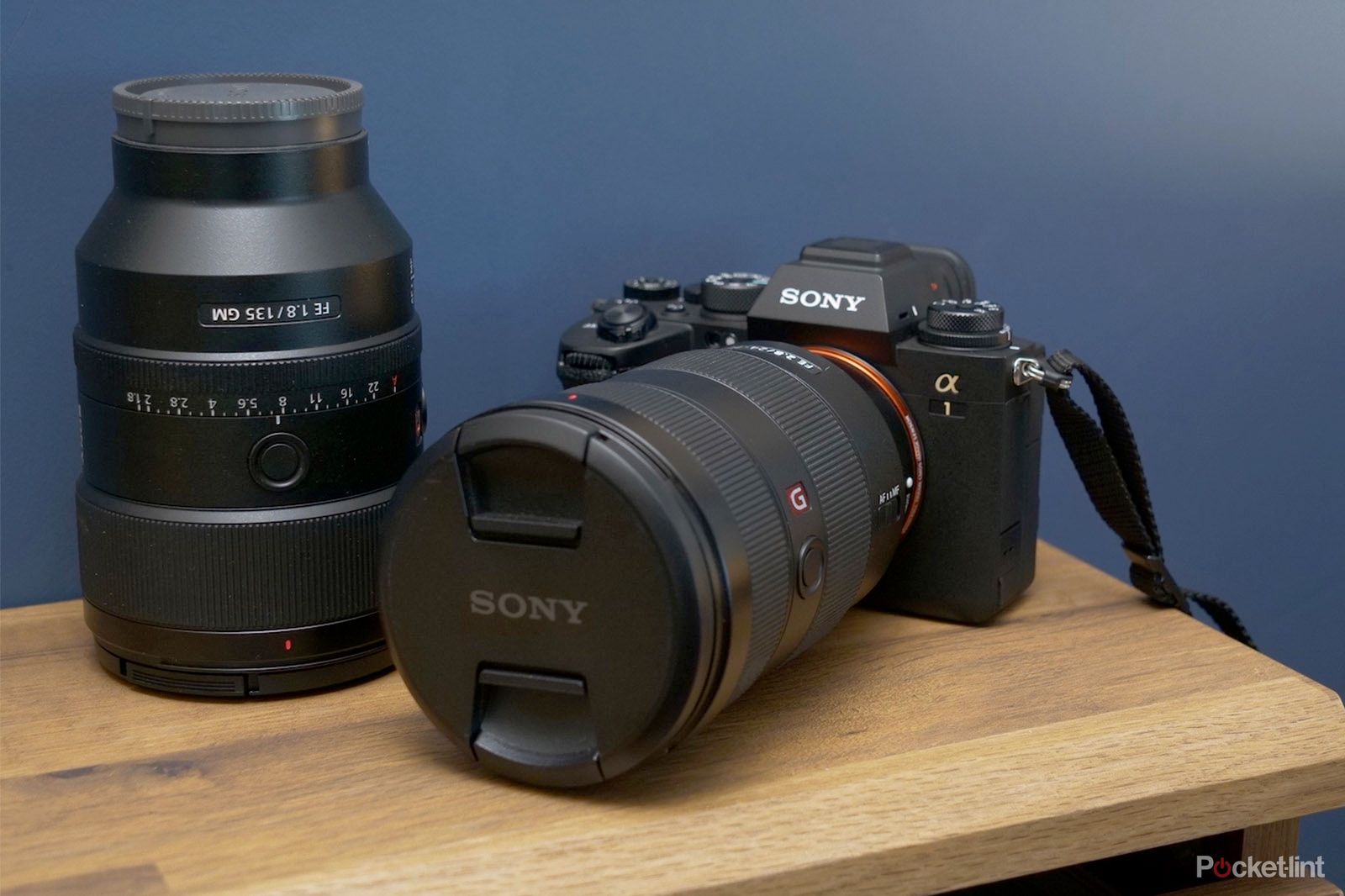
Sony A1
The professional powerhouse for demanding shoots
In the world of full-frame mirrorless cameras, the Sony A1 is unrivaled in its capabilities, with a premium price to match.
- Up to 8K30p video resolution
- Best-in-class autofocus
- Professional codecs
- Image stabilization rated at 5.5 stops
- Excellent still photography performance as well
- Super expensive
- Screen isn't fully articulating
We couldn't make a guide to filmmaking cameras without giving the renowned Sony A1 a shout-out. It's the most powerful camera on our list, but the price puts it out of most people's budgets. In fact, its expensive cost is one of its only drawbacks. If you can afford the Sony A1, get ready for 8K cinematic glory.
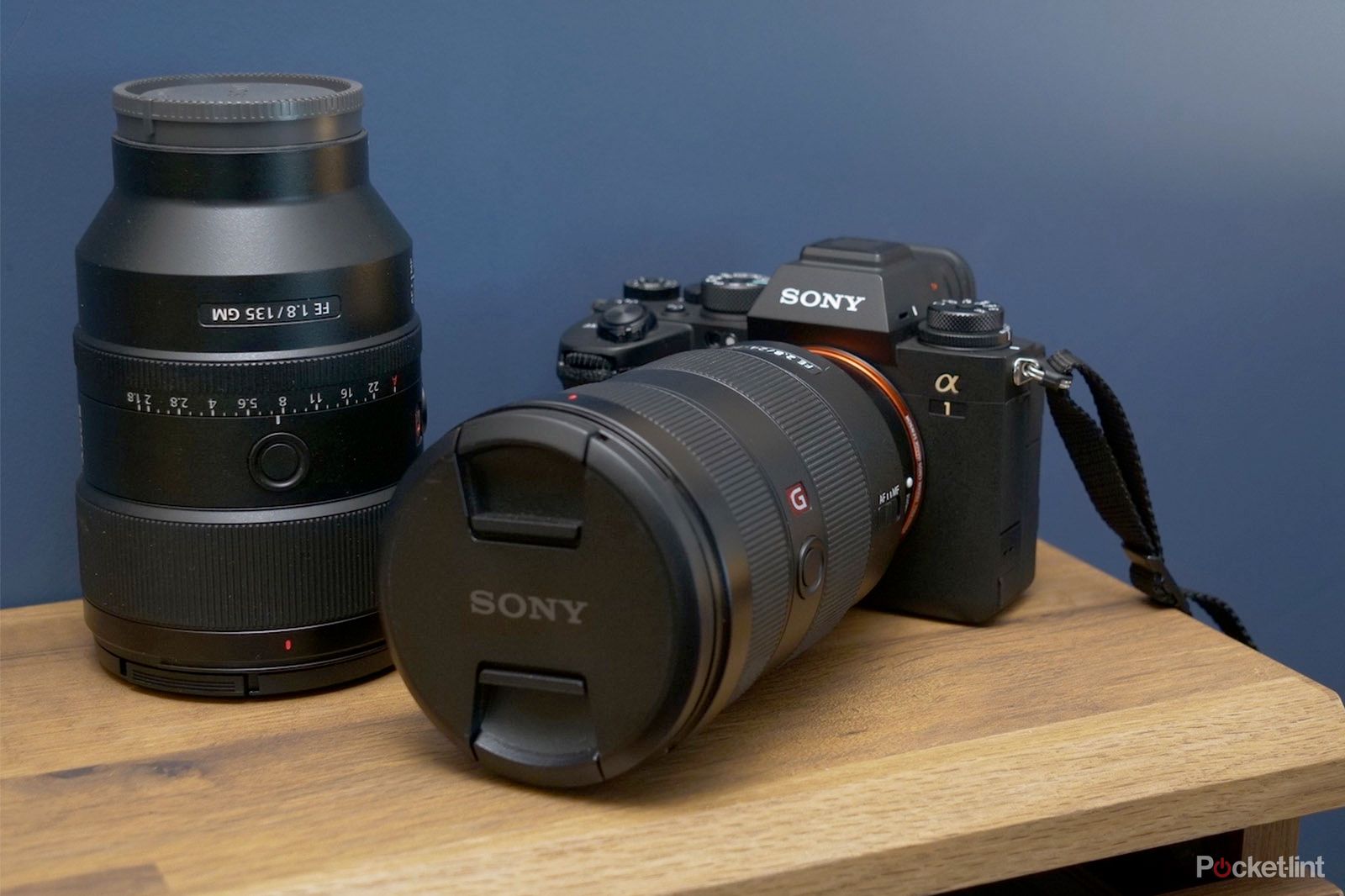
Sony A1 review: One camera to rule them all
Sony's high-end camera delivers an experience like no other Alpha - or, really, like any other camera out there. But it does cost a packet!The Sony A1 is actually a hybrid camera, performing exceptionally well in both still photography and video. Its 50MP full-frame sensor employs 759 phase-detection points to deliver one of the most advanced autofocus systems to date. With AI-based tracking, you can tap on your subject via the touchscreen and the autofocus locks on with pinpoint accuracy, even if the target moves around sporadically. It also has eye-tracking, animal-tracking, people-tracking, and more. For infallible autofocus, the A1 is king.
All that 8K footage and ProRes codecs wouldn't be possible without the Bionz XR processor. The brains of the system, this new-age processor can snap 50MP burst shots at a rate of 30fps, all while maintaining its autofocus and image stabilization. It does the same for video, too, juggling data-rich presets and settings with ease. Indeed, if you have the funds, the Sony a1 is the pinnacle of SLR filmmaking cameras.
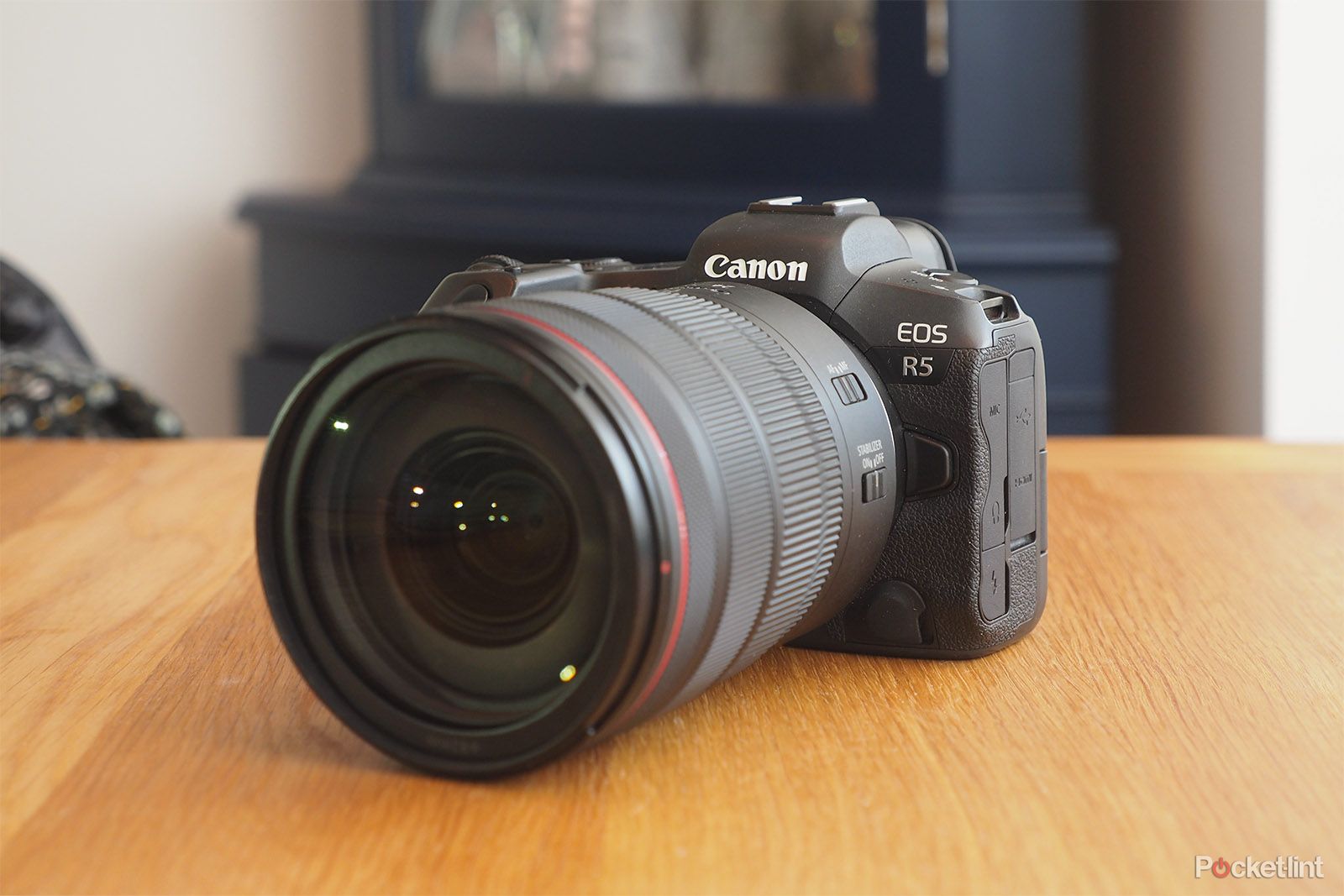
Canon EOS R5
A mid-range price for high-tier specs
It's not exactly cheap, but the Canon EOS R5 boasts 8K resolution, intelligent autofocus, and the latest stabilization technology, making the price a bargain.
- Excellent autofocus with face and subject tracking
- 8K30p and 4K120p recording
- Strong low-light performance
- Occasionally overheats when shooting 8K for a long time
Considering the Canon EOS R5 costs about half the price of the Sony A1 while sporting comparable specs, it's an undeniable bargain. Of course, it's not cheap, but you won't find 8K capabilities, an intelligent AF system, and advanced in-body stabilization anywhere else in this price range. And if you pair the EOS R5 with some of that premium Canon glass, the results are gorgeous.
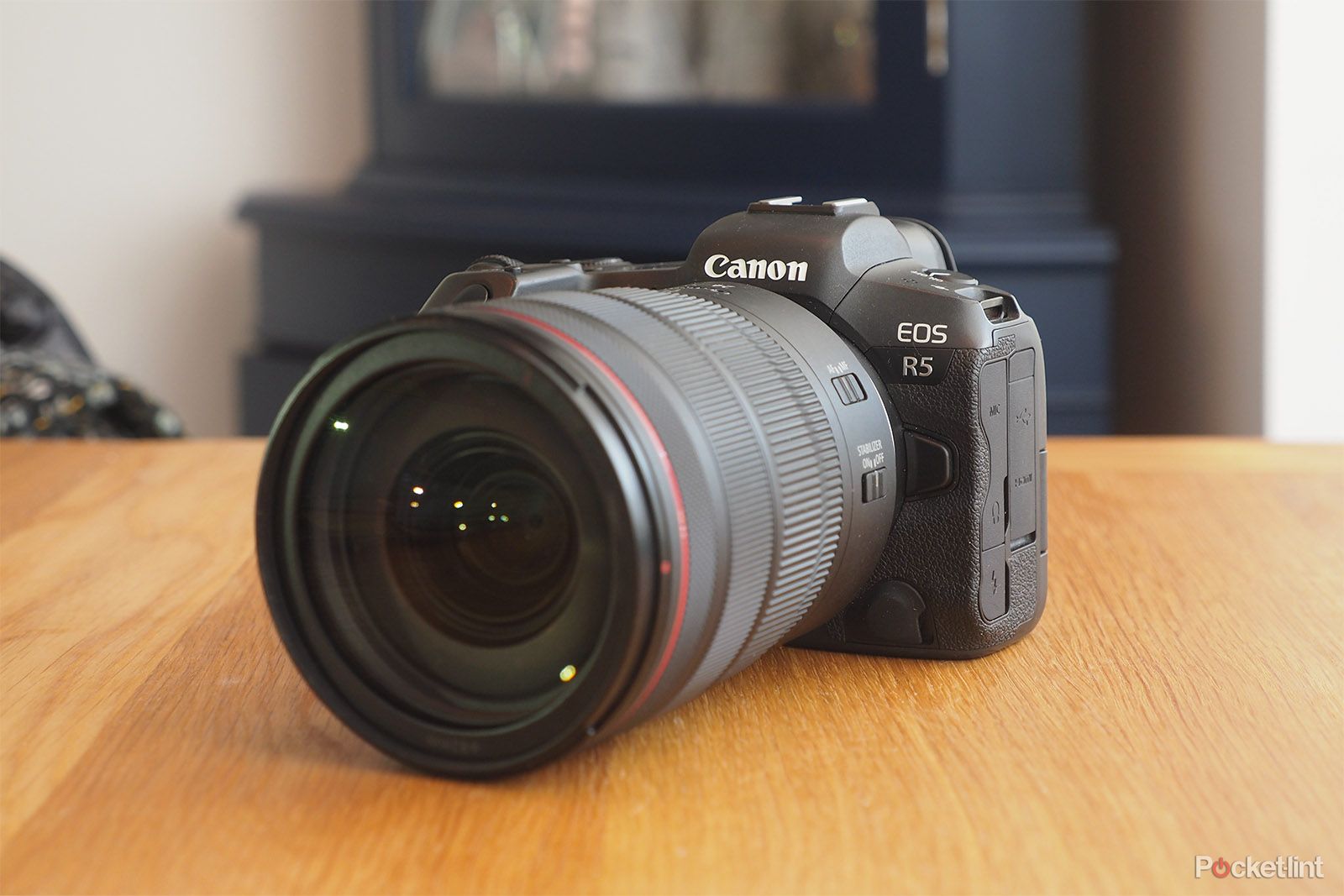
Canon EOS R5 review: An absolute powerhouse
Our take on Canon's full frame mirrorless camera.The EOS R5 has all the strengths endowed by its full-frame mirrorless design, including powerful low-light performance via its sensitive 45MP CMOS sensor. And for filmmakers, the vast dynamic range lets you capture rich color information, even in the dark. Simply expose your highlights, and all that shadowy detail will be captured in full.
There's a lot to love about the EOS R5, and it stands on its own as an excellent choice for filmmakers, even before you consider the price. But at less than $4,000, the cost is hard to believe. If you want an affordable entry into the big leagues, the EOS R5 is the ticket.
The bottom line: What's the best camera for filmmaking?
When we compared price and power, the Panasonic Lumix S5IIX came out on top. Its accessible cost belies its incredible video specs, with a 6K max resolution and internal ProRes recording. Add to that the advanced autofocus and stabilization, and you have our favorite camera from 2023. But other cameras have other strengths. Sony's A7S III excels in low-lighting, making the most of that massive full-frame sensor. And if you prefer the compactness of a micro four thirds camera, we recommend the Panasonic Lumix G9 II. Within its lightweight and portable frame is a powerhouse of videography, with 5.3K60 video and external SSD recording.
How we chose the best cameras for filmmaking
I've been making films since the days of literal film stock. Through the years, I watched digital cameras transform the industry, with clients demanding HD footage, then 1080p, and now 4K. These days, I stay on top of the latest and greatest in camera technology, even as standards change nearly day by day. To find the best cameras for filmmaking, I drew from my own professional experience and conferred with Pocket-lint's team of fellow AV pros. Together, we came up with the following aspects to prioritize when choosing a camera for filmmaking.
Resolution: We consider 4K to be the minimum resolution for shooting a video. Higher resolutions might seem unnecessary, since most screens don't go higher than 4K. However, a higher resolution allows you to crop the frame down to 4K in post-production, giving you greater cinematographic control over your image. Higher resolutions cropped down to 4K also allow you to add cinematic letterboxes, crop out any boom mics that accidentally dipped into the frame, and even change the apparent focal length.
Frame rate: Traditionally, big-budget movies are presented at 24 frames per second (25fps in Europe). This is considered the sweet spot for a cinematic look, but that doesn't mean you have to shoot at 24fps. In fact, many modern films are shot at higher frame rates and then exported at 24fps, a trick that makes adding CGI, effects, and edits easier. And if you want to employ slow-motion, you'll need a camera that can shoot at 60fps and above.
Codecs: Codecs are what compress and decompress video files, so they play an important role in color information and the smoothness of motion. H.264 and H.265 are commonly used for recording up to 4K, but higher resolution video may require more data-rich codecs like Apple ProRes and Blackmagic RAW. You should also consider a camera's maximum bitrate, with anything 10-bit and higher offering greater color depth. On the other hand, these advanced codecs also consume much more memory, so consider what's necessary for your project.
Sensor size: Full-frame sensors dominate the market these days, and for good reason. Their larger size means larger pixels, and larger pixels mean better low-light performance, less noise, less grain, and an overall sharper image. However, smaller sensor formats have their advantages, too. APS-C and micro-four-thirds cameras are significantly more compact, and their lenses are also shorter. These smaller sensors also require less processing power to capture high resolutions, so many models deliver pro specs without costing quite as much.
Autofocus: The technology for autofocus these days is crazy, with advanced features like lightning-fast phase detection and AI-powered subject tracking. Some traditionalists might not use it, but we must concede that such autofocus technology makes filmmaking a lot easier. It takes the guesswork out of finding the focus, and it's certainly more accurate than our clumsy human hands. We recommend looking into the autofocus technology of your camera of choice.
What are the standards for professional video?
There are no set-in-stone standards, so it depends on what most clients request for professional productions. As a rule of thumb, we consider 4K video at 60fps to be the minimum, since it should cover all your bases. Pair that with a H.264/265 codec and S-log profile, and you'll be ready for the big leagues. More advanced specs, like 6K video and ProRes recording, are good to have but not necessary.
How can I give my footage a cinematic look?
There's a lot that goes into making footage look cinematic, and most of it actually occurs in post-production. However, camera settings play a big role as well. First and foremost, you'll want to use 24fps. You can actually shoot at a higher frame rate, but the final render will look exceptionally professional at 24fps. For the best color, use a RAW codec or shoot in S-log to help create room for color editing. Finally, lighting and exposure are key, so make sure to use both natural and artificial lighting to illuminate as many details as possible.
What lenses should I use for filmmaking?
Lenses of different focal lengths will produce different results. You should research the differences between lenses, so you can decide which style you prefer. That being said, we recommend zoom lenses, since they allow you to change your focal length on the fly. Also, fast lenses with large maximum apertures, such as f/2.8, can be used with high frame rates and shutter speeds. This means sharper images, so investing in a fast lens is worth it.
